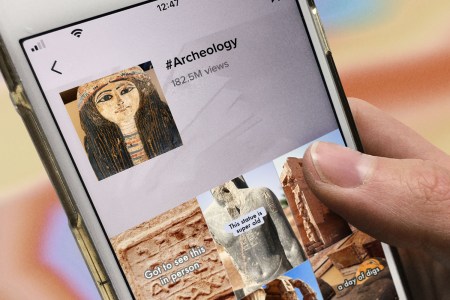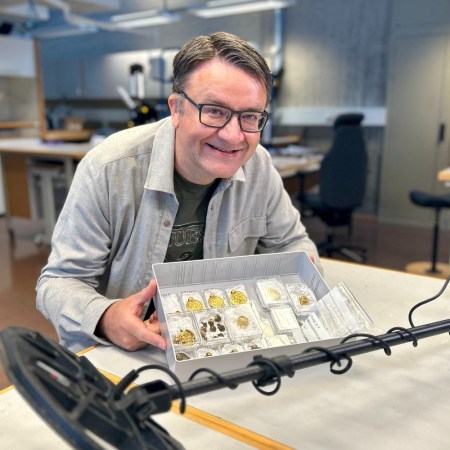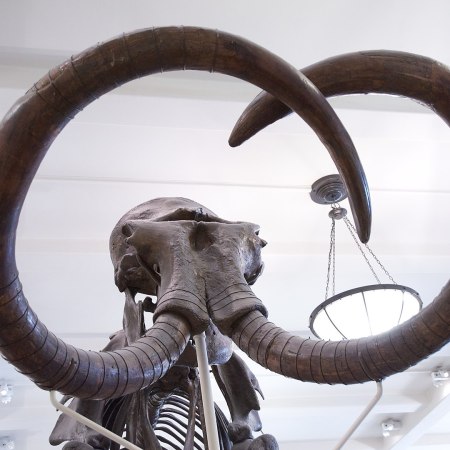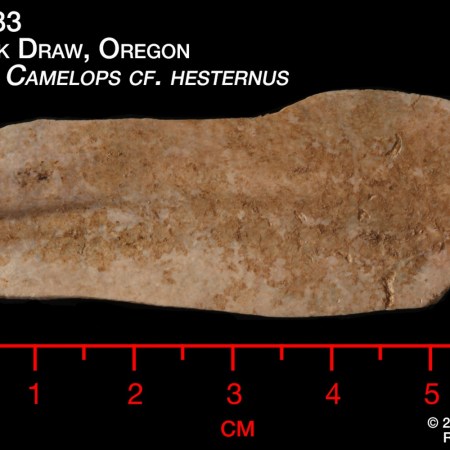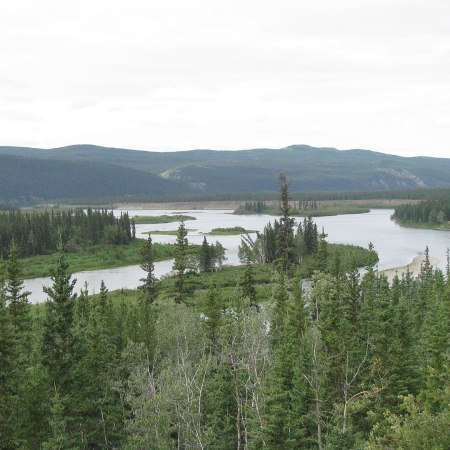The answer to the question, “What can you find in a wine cellar?” usually has an easy answer, which is to say: wine. And yet, ever so often, there comes a point when delving underground turns up something that’s a little less expected — including, say, prehistoric mammoth bones. That’s the scenario that Austrian winemaker Andreas Pernerstorfer faced when he unearthed what turned out to be a significant trove of mammoth remains dating back to between 30,000 and 40,000 years ago.
According to an announcement by the Austrian Archaeological Institute, Pernerstorfer let the authorities know when he first encountered the subterranean bones. That eventually led to the Austrian Archaeological Institute of the Austrian Academy of Sciences (or OeAW) arriving on the scene.
Turns out the wine cellar discovery is something of a landmark for the region. “It’s the first time we’ve been able to investigate something like this in Austria using modern methods,” said Hannah Parow-Souchon, the scientist in charge of the dig. Archaeologists believe that they have found parts from at least three different mammoths in Pernerstorfer’s wine cellar to date.
The site of the excavation is in Krems, a region of Austria known for its winemaking. As the Austrian Archaeological Institute pointed out, the last discovery in Austria of this magnitude came in the same region, albeit 150 years ago.
Not Dusty Anymore — Archaeology Finds New Life on TikTok
The social app has injected some new popularity into the field — and raised important questions about ethics and equalityThere are other reasons why the discovery of these bones is so seismic. “We know that humans hunted mammoths, but we still know very little about how they did it,” Parow-Souchon said in a statement. Perhaps the answers to a mystery of human history can be found in a wine cellar in Austria.
This article appeared in an InsideHook newsletter. Sign up for free to get more on travel, wellness, style, drinking, and culture.

